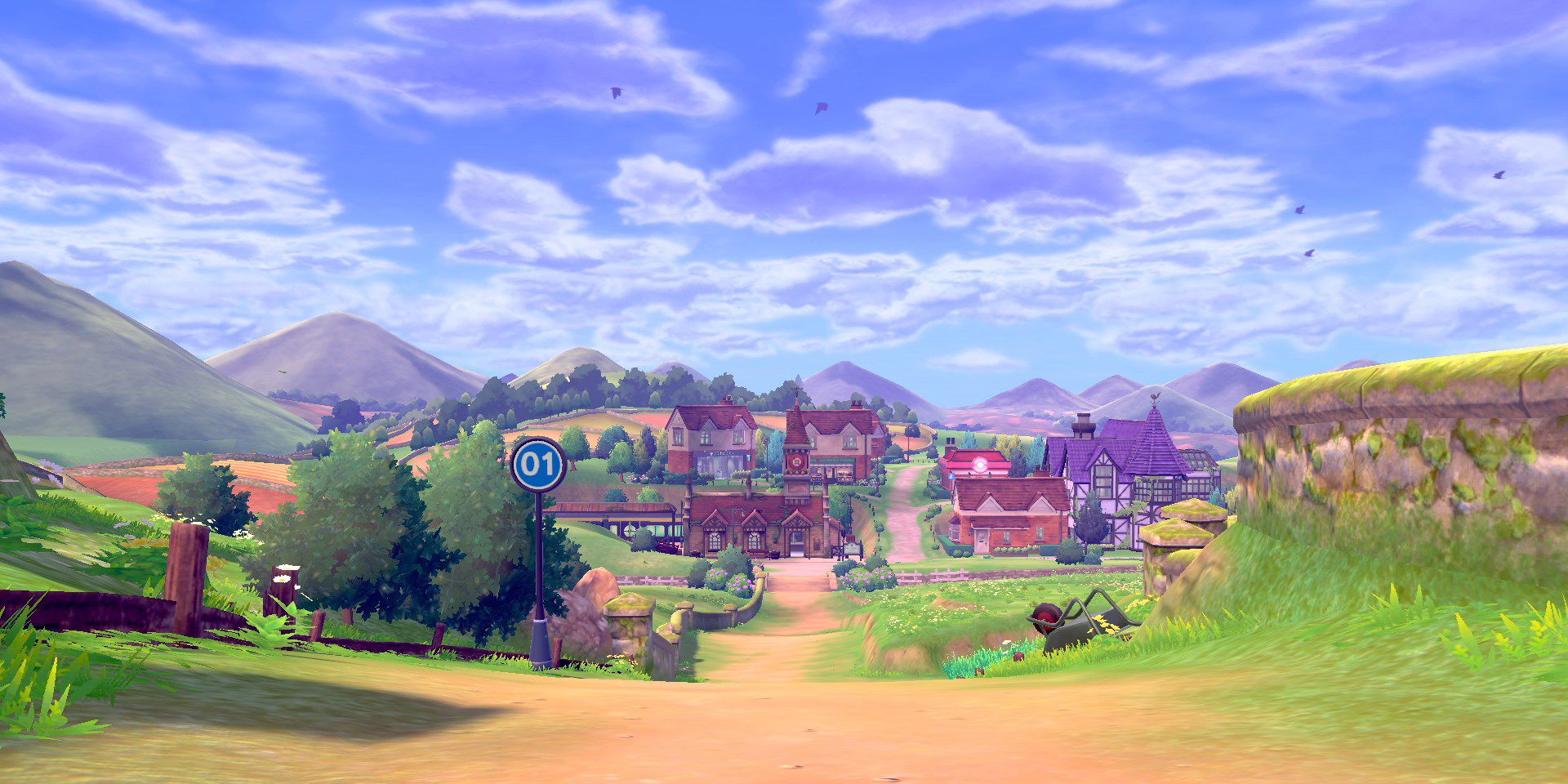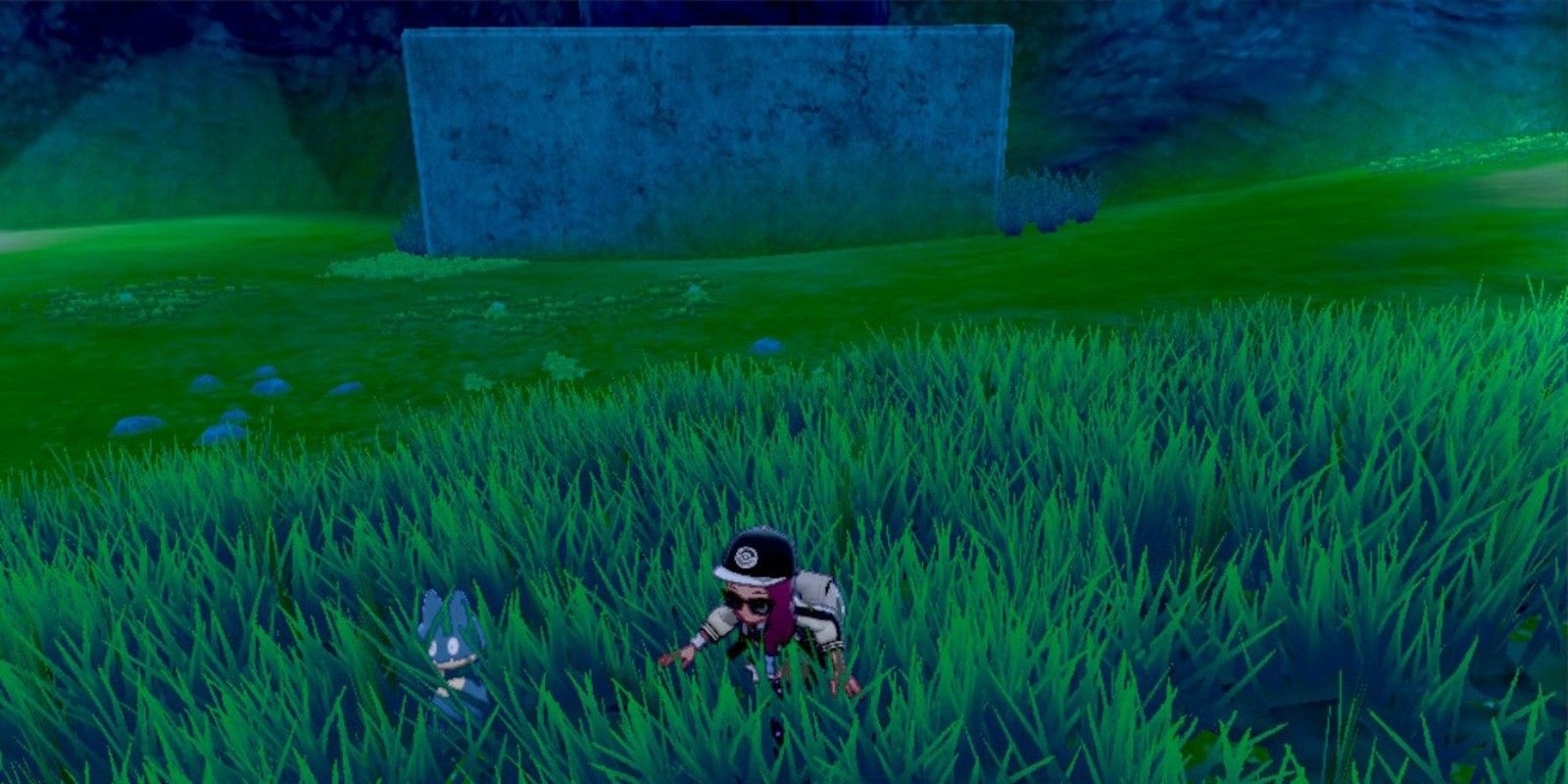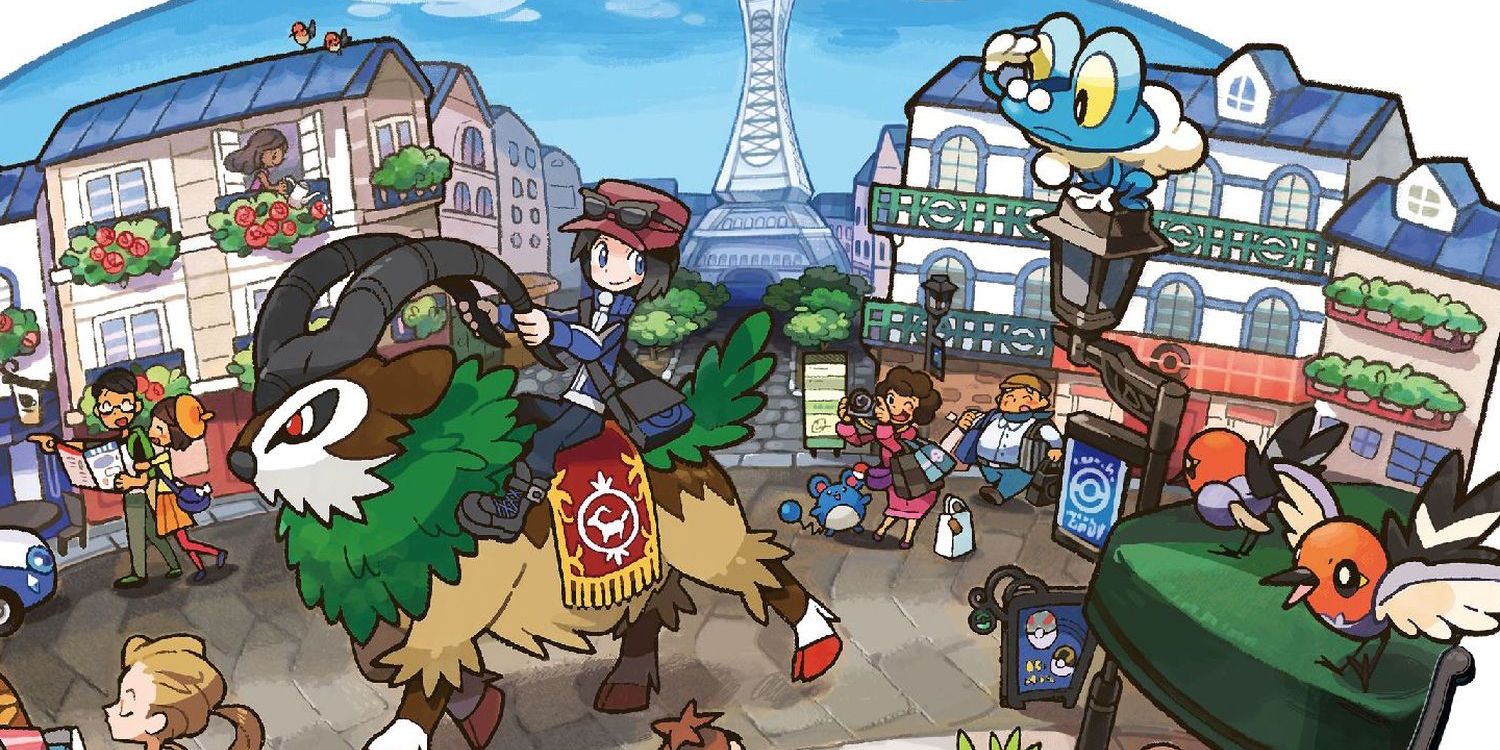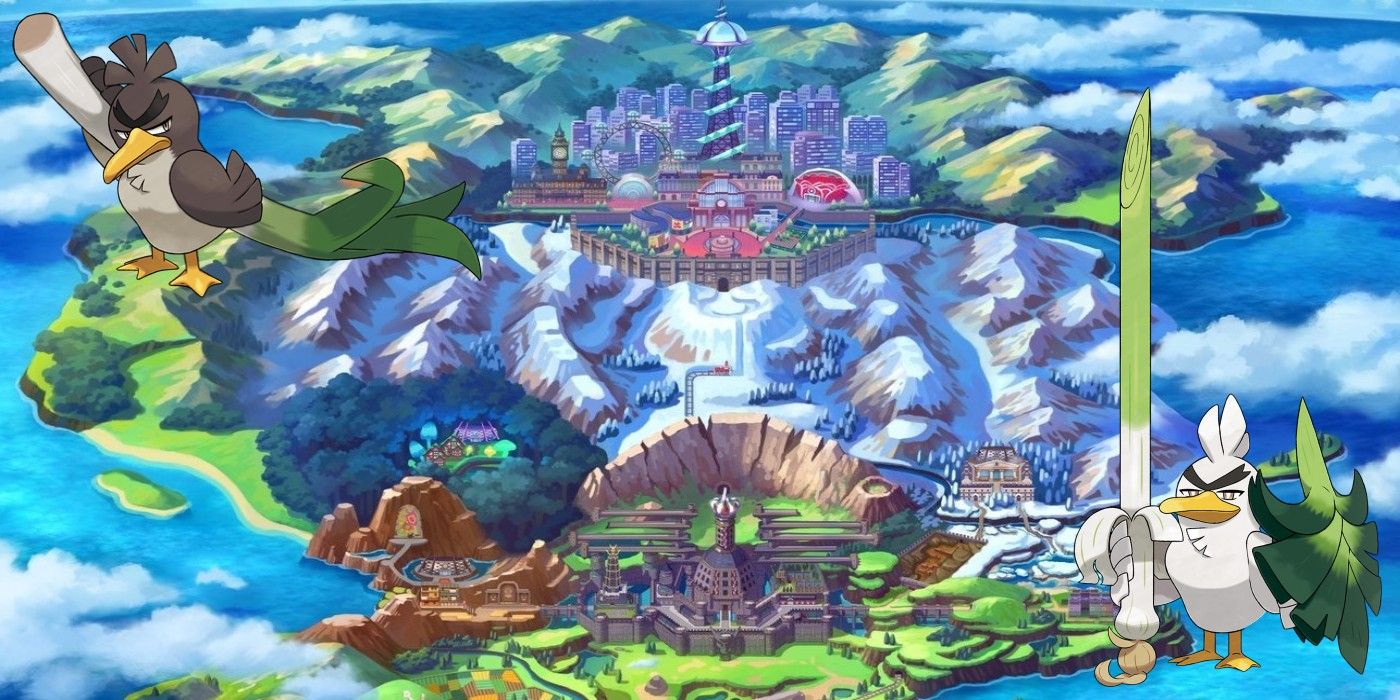
The more exciting and action-packed a video game world is, the more unpleasant a place it tends to be for anyone who's not the main character. The world of the Pokémon franchise, on the other hand, comes off as a rather pleasant place to live. Sure, the wild regions outside of human settlements are full of dangerous monsters with elemental powers, and the trainer protagonists in Pokémon games can't seem to take a single step without running into hostile trainers, villainous Pokémon-wielding gangs, or supervillains who wants to destroy the world by awakening a prehistoric Legendary Pokémon. Compared to the real world, though, the world of Pokémon is practically utopian, filled with ecologically friendly and non-violent societies where children are free to roam the countryside and go on adventures without fear of harm or oppression.
The world of Pokémon, as seen in video games such as Pokémon Red and Green, Pokémon Black and White, or the recent Pokémon Sword and Shield, is similar to Earth in many ways. Its various regions even correspond to real-world nations and cultures: Kanto and Johto to Japan, Alola to the Hawaiian islands, and Galar to the British Isles. One gets the impression the history of the Pokémon world would have progressed more or less the same as in the real-world - that is, were it not for all the electric mice and fire-breathing lizards everywhere.
Like kids collecting bugs in a backyard forest, the protagonists of the Pokémon games (and its numerous tv adaptations) try to "catch 'em all," taming and training Pokémon to compete in tournaments and defeat villainous gangs of Pokémon trainers who want to take over the world. Fans like to crack jokes about the sinister, grimdark nature of the Pokémon world - how parents let their children run amuck, kidnap wild creatures, and force them to fight each other like roosters in a cage. In actuality, the Pokémon world might be a flawed but better place to live in than real-world societies.

Satoshi Tajiri, one of the creative minds behind Pokémon, is said to have based the exploration and monster-catching mechanics of Pokémon on his own childhood spent catching bugs in the verdant parts of Machida, Tokyo. For this reason, every Pokémon game, from the first Game Boy titles to the latest installments on the Nintendo Switch, is centered around a love of nature, filled to the brim with Arcadian countrysides, wilderness maps, and ancient temples that players can explore to discover new forms of Pokémon. The freedom children have to explore and travel on their own in the world of Pokémon is effectively wish fulfillment for young gamers who want more excitement in their lives, while also hearkening back to the more "free range" styles of parenting common a few generations back.

In an interview with Game Informer, Pokémon developers Takao Unno and Junichi Masuda answered common fan questions, clarifying that Pokéballs are actually very comfortable habitats for their Pokémon residents and that the Pokémon world lacks many of the problems endemic to the real world - global warming, water shortages, wars, etc. In Masuda's words, "It’s a world where the people in it really want to work together with each other. Their value system is such where they would prefer to work together and eliminate these problems rather than feud."
In-game, this is reflected in the landscapes, towns and cities players can visit, places where buildings intermingle with gardens and vegetation, advanced technology such as teleport pads and cloning tanks co-exist with rustic architecture, and energy is predominantly generated using renewable resources like wind and solar power. Thematically, the world of Pokémon bears close resemblance to the aesthetic of "solarpunk," a literary and artistic movement based around envisioning optimistic yet realistic future societies built around diversity, tolerance, renewable energy, and retro schools of design philosophy.

Developer hints and in-game easter eggs imply that the Pokémon world used to be more warlike than at present. The Electric Gym Leader Lieutenant Surge, for instance, comes across as a hard-nosed military vet struggling to re-adapt to civilian life. For the most part, though, none of the regions in Pokémon seem to possess armed forces of any kind - no tanks, no assault rifles, no nuclear missiles. Even with the kid-friendly focus of the Pokémon games taken into account, the world of Pokémon feels remarkably pacifistic, with the sole venue of conflict being sporting competitions between Pokémon and their trainers in the regional League Championships.
The Pokémon setting isn't a perfectly pacifistic utopia, of course. The main conflicts in the Pokémon games, after all, are catalyzed by gang leaders, corrupt politicians, and leaders of corporations who abuse the power of Pokémon to their own ends, either to enrich themselves at the expense of others or to forcibly correct real-or-imagined flaws they see in the Pokémon world. Unlike real-life villains, though, the antagonists of Pokémon can and are consistently overcome - by teenaged Pokémon trainers, no less. Indeed, the fact that the vilest villains of the Pokémon world are weak enough to be defeated by kids and their pocket monster friends dramatically illustrates how the Pokémon world, though imperfect, is still more just and equitable than the real one.
Source: Game Informer
from ScreenRant - Feed https://ift.tt/2LBnb5d

0 Comments